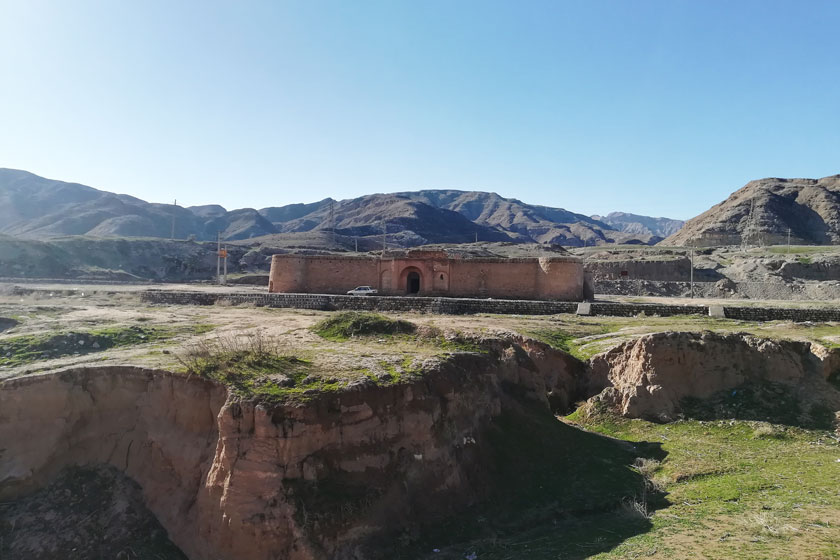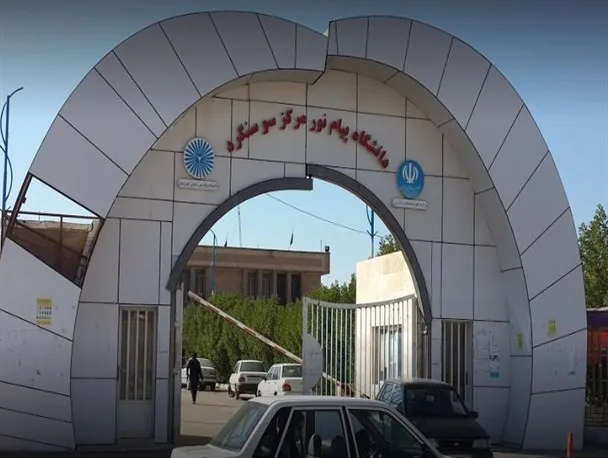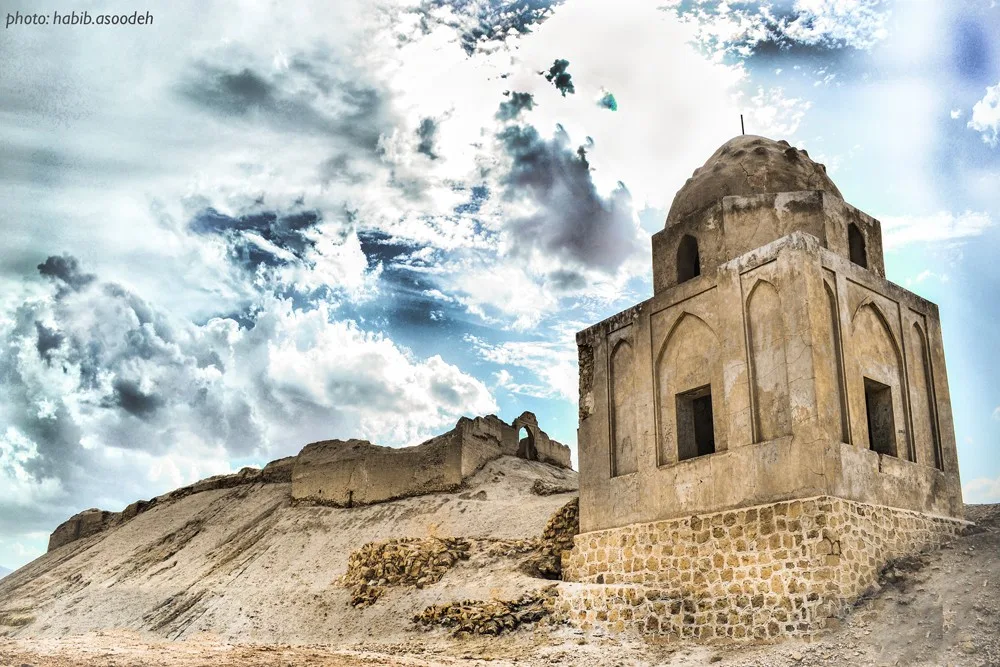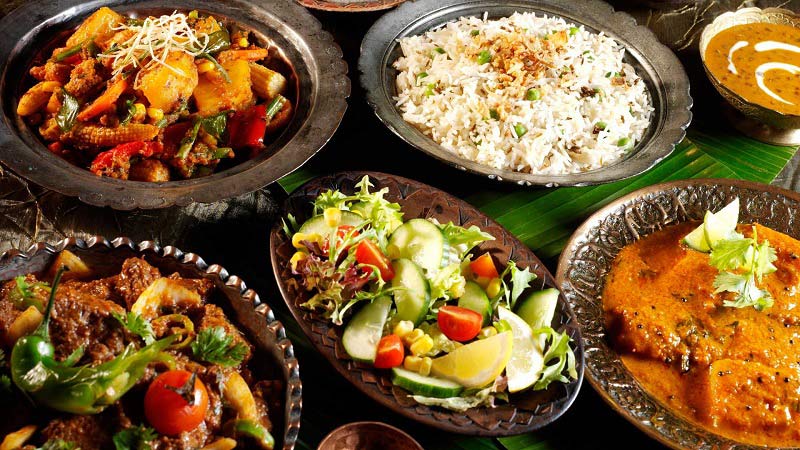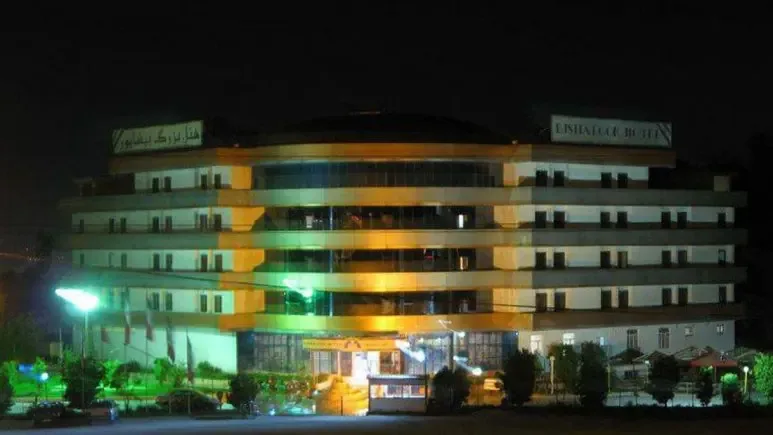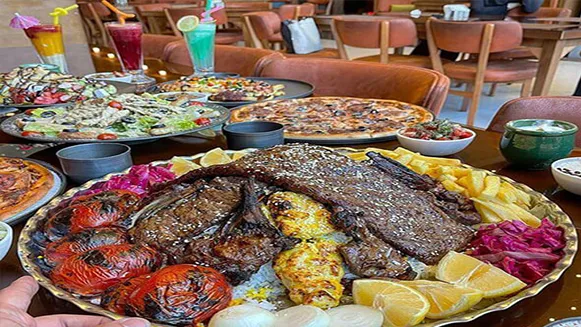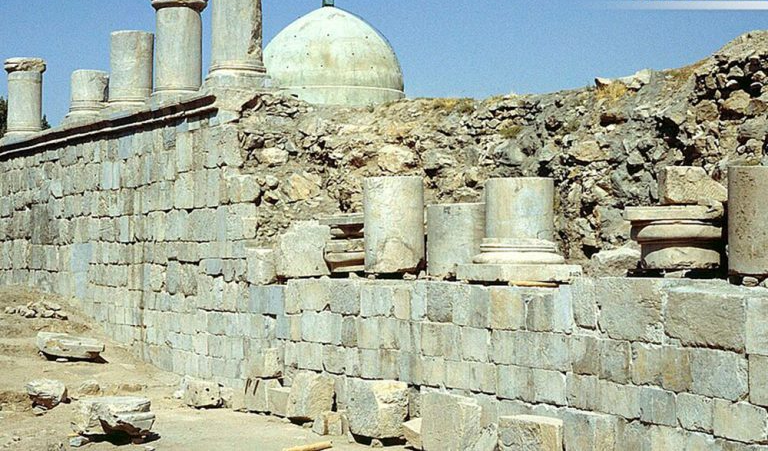Iran’s Mehran Frontier: Where History and Geography Converge
Mehran is one of the cities in the Ilam Province of Iran. Located approximately 100 kilometers southwest of Ilam, this city serves as the central hub of Mehran County. Notably, Mehran is situated just a few kilometers away from the Iraq border, solidifying its status as a key land border between Iran and Iraq. Today, Mehran is recognized as Iran’s largest land customs checkpoint.
About Mehran
The elevation of Mehran is around 136 meters above sea level. While the Mehran region is considered one of the warm areas in the Ilam Province, the city itself is established in a highly fertile land, surrounded by extensive farmlands. The fertility of the area is attributed to the presence of two rivers, Kenjan-Cham and Gavi, which irrigate the agricultural fields. Mehran, positioned 100 kilometers away from the provincial center, had a population of approximately 13,700 people according to the 1386 census.
The residents of Mehran adhere to the Shia faith and belong to the Kurdish Feili ethnic group, speaking the Ilami Kurdish language. Life in this city is somewhat influenced by the local Ilam traditions, and the majority of the population is from the Molkshahi tribe. The traditional clothing worn by the people of Mehran is reflective of the local style prevalent in Ilam. The primary occupation of the inhabitants is agriculture, with wheat being the major crop cultivated.
Mehran’s border crossing is one of Iran’s most active official borders, serving as a crucial point for pilgrims and the export of goods to Iraq. This customs checkpoint facilitates the daily movement of a substantial volume of goods into Iraq.
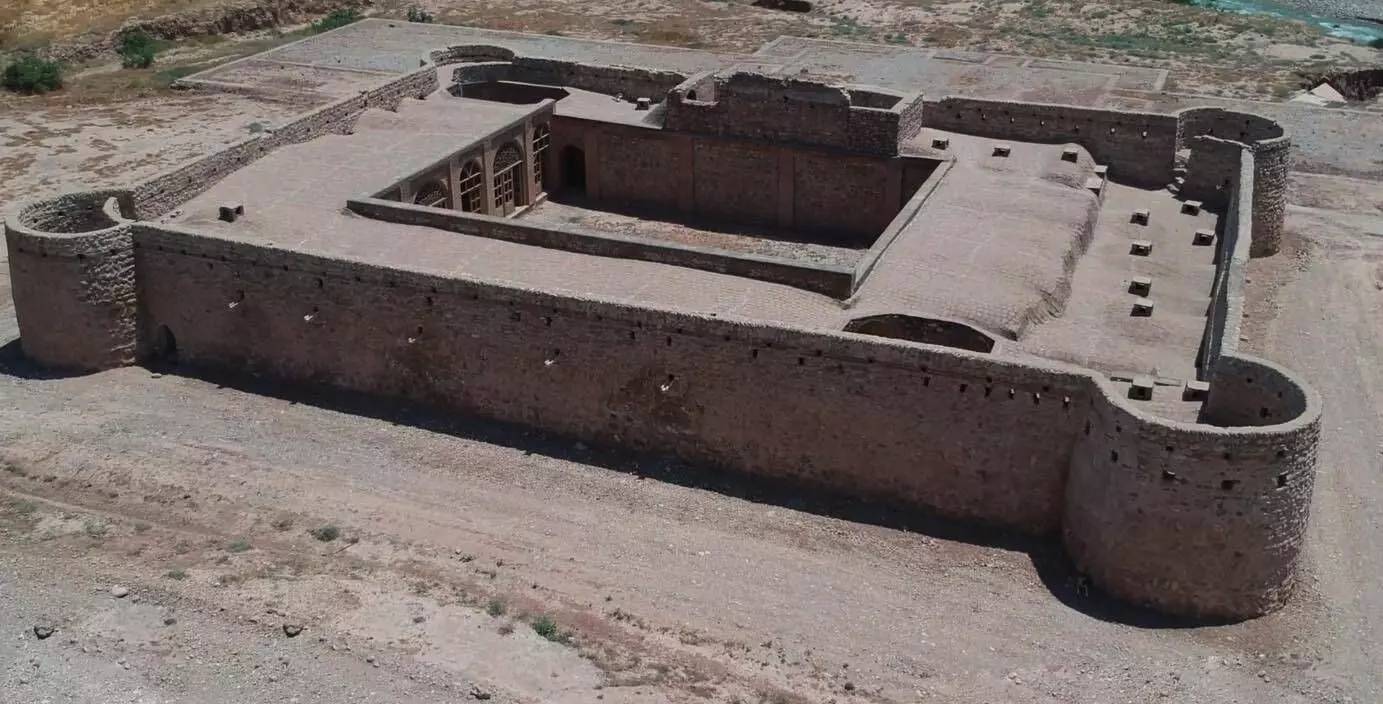
History of Mehran
The historical background of the city of Mehran is not accurately documented. In recent years, ancient artifacts dating back to the Parthian period were discovered in the northern part of the city near the Kenjan-Cham Dam. Unfortunately, the dam’s construction led to the destruction of these artifacts. What is currently known is that Mehran was previously known as Mansourabad. The city did not have its current name until the Reza Shah era when, in 1309, the Cultural Academy approved the change to Mehran. Positioned as the official border between Iran and Iraq, Mehran has always served as a crucial point for the entry and exit of religious pilgrims from Iraqi cities. This region played a significant role during the Iran-Iraq War, with the Mehran border being officially recognized as an international border by the United Nations in 1382.
City of Mehran
Due to its location in the Tigris-Euphrates plain, Mehran has witnessed numerous historical battles throughout its history. The city became a topic of discussion and dispute with the rise of the Ba’ath Party in Iraq in 1347. During the Pahlavi era, the Iraqi government had an eye on this region, launching several attacks on the heights of Mehran. After the revolution, Mehran was attacked multiple times, and during the official war between the two countries, it was occupied by Iraqi forces several times. Finally, on July 10, 1986, Mehran was liberated and returned to the embrace of Iran.
Handicrafts and Souvenirs of Mehran
The handicrafts of Mehran include black tents, carpets, and more, with the prominent craft being the elaborately patterned Kilims. The city’s souvenirs are recognized as Bamiyeh (a local pastry), local bread, and dairy products.
Accommodation in Mehran
One of the well-known accommodations in the city is the Persian Gulf Hotel, located in Imam Square, Mehran. Mehran is renowned as the largest parking lot in the country and is always a hub for the traffic of travel vehicles to Iraq.
Tourist Attractions in Mehran
Mehran is a religious city, attracting pilgrims to the holy shrines. Two famous shrines are the Imamzadeh Seyyed Hasan ibn Musa Kazem, located 5 kilometers from Mehran, and Imamzadeh Ali Saleh, situated 45 kilometers from the city.
Other attractions in Mehran include remnants of the imposed war, war shelters that can be effective for researchers studying the Iran-Iraq war in this region. The Mehran Border Market, established in 1382, has about 123 shops.
The Kenjan-Cham Dam is another attraction in Mehran. Zingan Cave, located in the Salehabad region of Mehran, is a natural attraction that attracts many tourists, especially in the summer. The cave is known as Paradise Cave due to its cool climate, contrasting with the summer heat of the city.
Climate of Mehran
Mehran is situated at an elevation of 136 meters above sea level, making it one of the low-lying cities in Ilam Province. Unlike other regions in Ilam, which have a mountainous climate, Mehran experiences a warm and subtropical climate. However, the presence of two rivers in Mehran moderates the intensity of the heat, and the humidity increases during the summer.
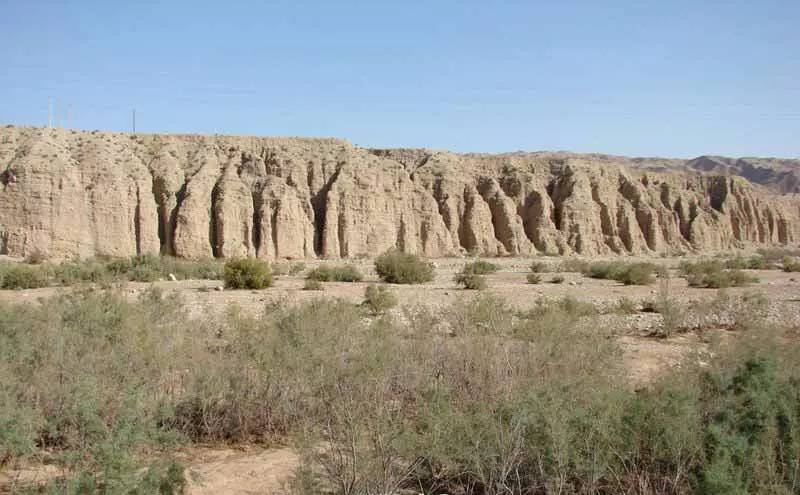
Best Season to Visit Mehran
As mentioned, Mehran has a warm and arid climate. Therefore, the best time to visit the city is during the fall and winter seasons. During this time, the weather in Mehran becomes cool and enjoyable, providing tourists with the opportunity for day trips and exploration.
Tourist Attractions in Mehran
As mentioned earlier, the tourist attractions in Mehran can captivate you with their historical significance and the pristine beauty of the region, which has been a historical settlement due to its fertile plain.
1. Sorkh Kuh (Red Mountain):
Sorkh Kuh is located 32 kilometers from the city of Mehran and is considered an ideal destination for nature enthusiasts. Climbing this mountain, especially in winter, is a delightful recreational activity.
2. Religious Centers in Mehran:
Mehran is home to two significant religious centers named Imamzadeh Seyyed Hasan and Imamzadeh Ali Saleh. Therefore, the city attracts pilgrims from across Iran.
– Imamzadeh Seyyed Hasan: Located 2 kilometers southeast of Mehran, this site is the burial place of the son of Imam Musa al-Kadhim (AS). Renovations were made during the Qajar era and later in 1371 to restore its significance.
– Imamzadeh Ali Saleh:Also known as Khoshe Ali in Kurdish, it is situated 25 kilometers on the Ilam-Mehran road. Dating back to the Qajar period, the unique architecture of this site with its central dome and surrounding smaller domes makes it a captivating pilgrimage destination.

3. No-Hunting Zone Kolak:
Covering an area of 76,000 hectares, with 50,000 hectares designated as protected environmental areas, Kolak is a serene destination for tourists. Visitors can experience unique tranquility in this vast natural landscape.
4. Zingan Cave:
Located in the village of Salehabad, this cave, although not a typical cave, is a narrow passage locally known as Zingan Cave. The cool and pleasant climate inside, especially during hot summer days, has earned it the nickname “Paradise Cave.
5. Qaleh Kenjan-Cham (Kenjan-Cham Castle):
This historical site dates back to the Ilam Vali era and is one of the ancient attractions in Mehran. The castle is composed of three rooms, a dedicated corridor, and a treasury. It features a unique architectural style using materials like stone and gypsum.
6. Qooye Ghinegar Fire Temple:
Recognized as a national heritage site in Iran, this fire temple has Sasanian origins and stands approximately 5 meters tall with a 27-square-meter area. It boasts four entrances and, along with its historical significance, is surrounded by a beautiful garden with olive trees and a clear spring.
7. Ancient Hill of Chogha Golan:
This archaeological site dates back to prehistoric times, before the advent of the Elamite civilization. Located 2 kilometers south of Amirabad Dam, the Ancient Hill of Chogha Golan is registered as a national monument in Iran.
8. Qaleh Konjancham (Konjancham Castle):
Approximately 15 kilometers north of Mehran, this castle is a reminder of Ghulam Reza Khan Abu Ghaddareh, the last governor of Ilam. Built as a winter residence in 1326 AH, the castle comprises interconnected rooms, a bath, a watchtower, and residential and administrative sections.
9. Historical Castle of Mehran:
An essential historical site in Mehran, the Mehran Castle, also known as Kenjancham Castle, stands as a testament to the city’s rich history. Located 15 kilometers north of Mehran, it serves as a symbol of the Ilam region’s heritage.
10. Kenjan-Cham River:
The Kenjan-Cham River, joining the Gowai River near the Mehran County, has its source in the Shah-Nakhjir Mountains. Visiting this area allows you to enjoy the untouched beauty of nature.
These attractions collectively showcase the rich history, natural beauty, and cultural heritage of Mehran, making it a compelling destination for tourists and history enthusiasts alike.

Local Foods of Mehran
One of the most memorable experiences for travelers in Mehran, in addition to visiting its tourist attractions, is savoring the delicious local cuisine. Among the prominent local dishes of Mehran, Tarakohi stew stands out. Tarakohi stew is prepared in many cities in the Ilam province, featuring a striking resemblance to “ghormeh sabzi,” with the main green ingredient being the wild herb called Tarakohi, gathered from the surrounding mountains.
Another local dish in Mehran is “Koofteh Siraabi” or “Kofteh Siraabi.” This dish is commonly found in the dietary habits of many western cities in Iran. It is made using fresh Siraab (a type of leek), and the addition of aromatic herbs gives it a unique and delightful flavor.
Souvenirs and Handicrafts of Mehran:
Tourists often seek to purchase local handicrafts as souvenirs during their travels to different cities. Among the most significant souvenirs of Mehran are highlighted by items such as prominent-patterned carpets (Gelim), Jajim (a type of carpet), mat weaving, rush weaving, chit weaving, black tents, woodcrafts, ceramics, copperware, jewelry, marquetry, and more. The artistic endeavors of the city’s craftsmen have endowed Mehran’s handicrafts with the ability to captivate any audience.

1. Prominent-Patterned Gelim:
Recognized as the most essential and authentic handicraft in Mehran, Gelim weaving involves a dense arrangement of warp and weft threads. The coordination of colors, intricate patterns, and the harmony of specific designs make these prominent-patterned Gelim carpets uniquely beautiful. Despite their size, these carpets are easy to purchase and transport due to their lightweight nature.
2. Jajim Weaving:
Despite the coarse texture of the woolen warp and weft, Jajim is used for covering bedding in Mehran’s households. The beautiful designs and vibrant colors of Jajims have garnered them a special following, and they are considered an art form by the art-loving people of Mehran.
3. Rush Weaving:
One of the oldest handicrafts in Mehran is rush weaving or Bouri weaving. Surprisingly, these beautiful products are crafted using simple and basic tools such as a reed, various knives, a mattock, shears, and needles. The creativity and skill of Mehran’s artisans result in uniquely beautiful rush products.
4. Mehran’s Sweet Souvenirs:
Among the oldest and most traditional sweets of the region are Bezhi Borsagh, Koleh Kounji, Bagel Halva, Lekineh (Shale Kinneh), and Nan Papak. Each of these sweets has a distinctive and special recipe, and tasting them is considered one of Mehran’s attractions for many tourists.
In summary, Mehran’s local foods and handicrafts offer a delightful journey into the region’s culture, artistry, and traditional flavors, providing tourists with a truly authentic experience.

